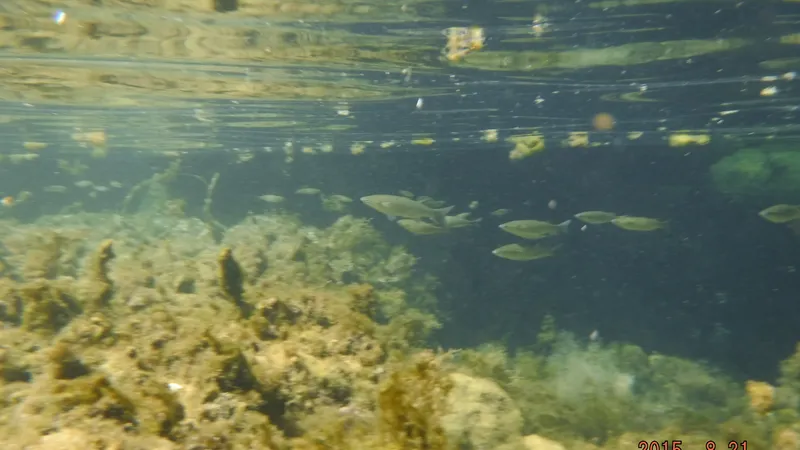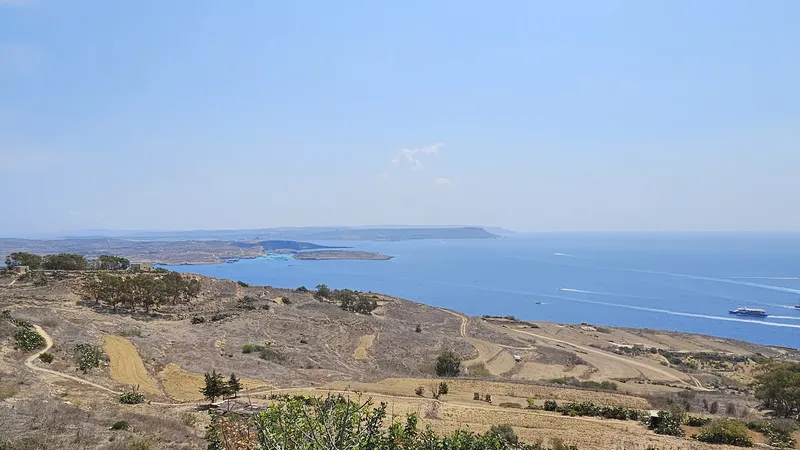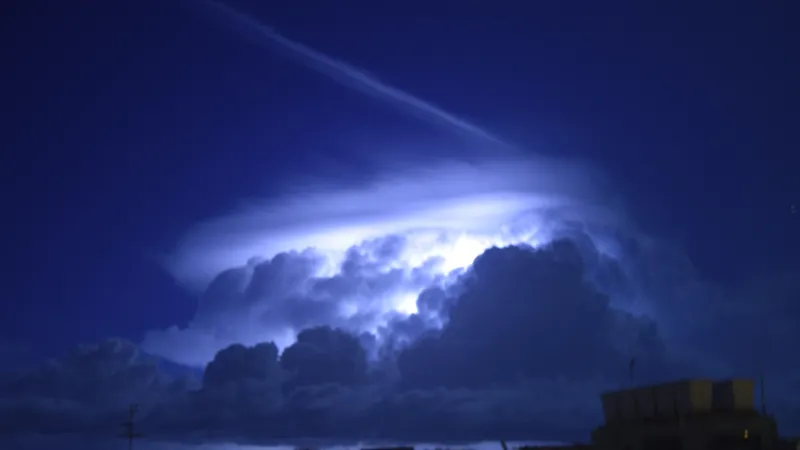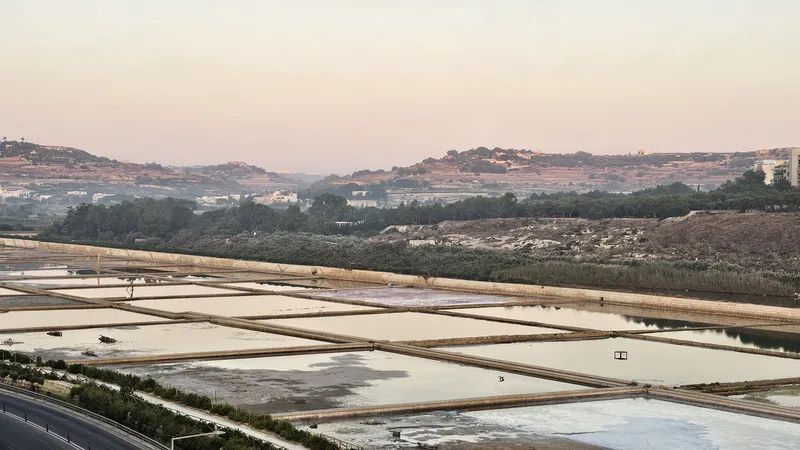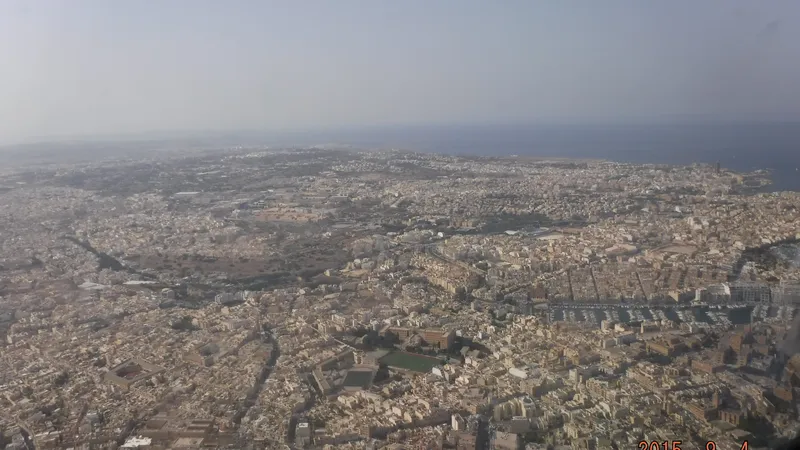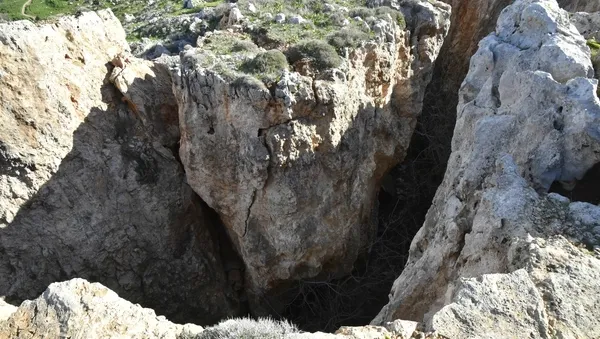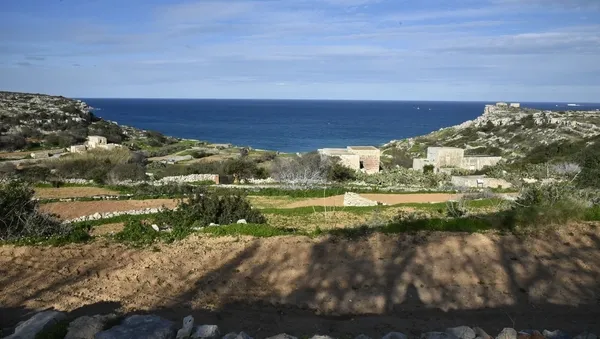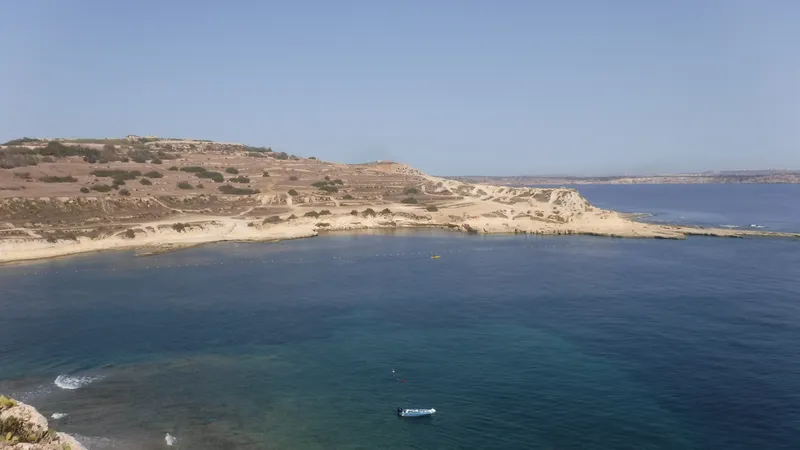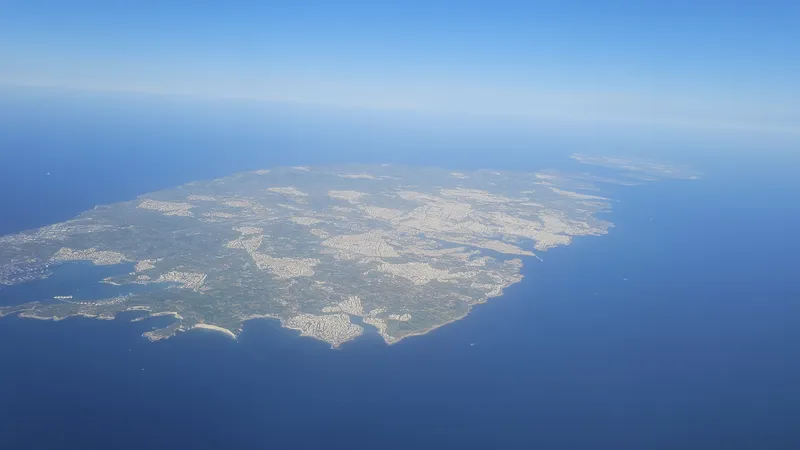Freshwater Environment
Geography and Natural Water Sources
Artificial and Alternative Water Sources
Challenges Facing the Freshwater Environment
Conservation and Management Efforts

Fresh Water Pond. Copyright © 2025 Stephen Yardley
The freshwater environment of the Maltese Islands is both limited and vulnerable, shaped by the region’s natural geology and climate. As a water-scarce country, Malta must continue to invest in sustainable water management, combining traditional practices with modern technology. By protecting groundwater reserves, improving efficiency, and promoting responsible usage, Malta can ensure the long-term availability of this vital resource for people, ecosystems, and future generations.
Environments
Indepth reading, follow the links:
The Maltese Islands have a limited freshwater environment due to their small size, porous limestone geology, and low annual rainfall. There are no permanent rivers or lakes; instead, the islands rely on temporary freshwater streams, known as wied, and underground aquifers. These resources are vital for agriculture, biodiversity, and human consumption but are under constant pressure from over-extraction, pollution, and climate change.
To address these challenges, Malta uses desalination, rainwater harvesting, and improved water management practices. Sustainable use and conservation efforts are essential to protect the islands’ scarce and fragile freshwater resources.
Geography and Natural Water Sources
The Maltese Islands receive an average of about 550 mm of rainfall per year, most of which occurs during the cooler months from October to March. Due to the limestone bedrock, rainwater quickly seeps through the ground, reducing surface runoff and making the formation of permanent rivers and lakes impossible. Instead, the islands are dotted with seasonal watercourses, known locally as wied (valleys), which flow temporarily during and shortly after heavy rainfall.
The most important natural freshwater resource is groundwater, stored in underground aquifers. There are two main types of aquifers in Malta:
- Mean Sea-Level Aquifers, which lie just above sea level and are the most productive.
- Perched Aquifers, located higher up and separated from the main water table by impermeable clay layers.
These aquifers are tapped through wells and boreholes for agricultural irrigation and public water supply.
Artificial and Alternative Water Sources
Given the natural limitations, Malta has developed artificial water storage systems. Water catchment reservoirs, particularly in rural areas, are used to collect and store rainwater for agricultural use. Domestic cisterns, historically mandated in building regulations, collect rainwater from rooftops for household and garden use.
To meet growing demand, Malta also relies on desalination, which involves converting seawater into freshwater. The Water Services Corporation operates three reverse osmosis plants, which provide over 50% of the country’s potable water. While desalination helps reduce pressure on natural aquifers, it is energy-intensive and expensive, making it important to balance supply with conservation.
Challenges Facing the Freshwater Environment
The freshwater environment in Malta faces several critical challenges:
- Over-extraction of groundwater has led to declining water tables and the intrusion of seawater into freshwater aquifers, particularly in coastal areas.
- Pollution from agriculture, such as nitrates from fertilizers, and urban wastewater threatens the quality of groundwater and surface runoff.
- Climate change poses additional risks, including reduced rainfall, longer drought periods, and increased evaporation, further stressing water availability.
- Urban development and the loss of natural vegetation reduce the ground’s capacity to absorb rainwater, increasing runoff and decreasing natural recharge of aquifers.
Conservation and Management Efforts
To address these concerns, Malta has implemented several strategies aimed at sustainable water management:
- The Water Catchment Management Plan, developed under EU directives, promotes the protection of groundwater and better control of pollutants.
- Investment in wastewater treatment and reuse ensures that treated water, known as New Water, can be used safely for irrigation and industrial purposes.
- Public education campaigns encourage water conservation in homes and businesses.
- Research and monitoring help track changes in water quality and availability, guiding future policy and infrastructure investments.
Rainwater harvesting, greywater recycling, and efficient irrigation methods (such as drip systems) are also being encouraged to make the best use of limited resources.
